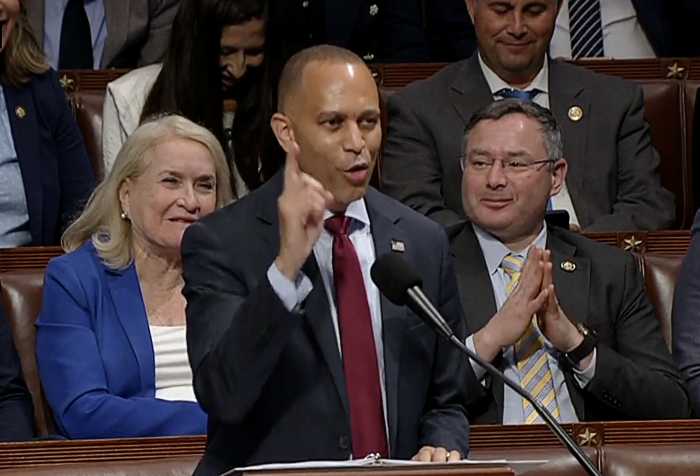Many mourned the sad passing of the venerable old Bayside Theater on Bell Boulevard last summer. The community of Bayside lost not only its beloved local theater, but also an important anchor for the northern end of the vibrant commercial strip.
However, rapid progress has been made to redevelop the 43,000-square-foot building. A trio of Bayside businessmen purchased the theater last year, and are currently in the process of turning it into a retail and office complex that should be open by January 1, 2003.
A number of establishments already plan to move in, and the developers are in negotiations with others. Herb Suib, one of the developers, explained that if all goes according to plan, there will be a branch of Washington Mutual Bank, a Mailboxes Etc. mail service office, a restaurant, a coffee bar, a major shoe store chain, a dentists office and even an acupuncturist. A poster shop has already moved into one of the buildings storefronts. The other developers are Terri Triades and George Michaelis, both of Bayside.
The restaurant, which will be called "39 East" because of its 39th Avenue location, is a collaboration by the owners of two existing Bell Boulevard restaurants, Erawan and Papazzio. The new establishment will feature a cuisine that is a fusion of Thai, Italian, French, Vietnamese and Japanese, according to Danny Madsuree, a manager at Erawan. Madsuree said 39 East would likely be open by the end of October.
"Were very excited about the project," said Judy Limpert, president of the Bayside Business Association. "Its going to be wonderful for Bell Boulevard and Bayside."
Anne Marie Boranian, district manager for local Community Board 11, said she had been sad to see the theater close but she thought the new businesses would have a positive impact on the community. "We want to keep Bell Boulevard competitive with the other local commercial areas," she said. "As long as it serves the economic viability of the neighborhood, thats whats most important."
Suib shares Boranians nostalgia for the old theater. "Ive been in the area for many years," he said. "I went there many times." He said his liking for the building grew even more as the project progressed. "Its a business venture that has turned out to be very enjoyable," he said. "The building is wonderful, with special vibes coming out of it." Suib added that his designers were trying to keep the buildings integrity and leave the exterior "the way it has been all these years."
Built in the 1920s, the theater initally doubled as a venue for early movies and vaudeville acts, according to James Driscoll of the Queens Historical Society. "It was a large theater with a nice interior," he said, adding that it originally had an orchestra pit. In the latter 20th century, the single screen cinema was carved into a quad, Driscoll said. Some have said that Charlie Chaplin was involved in the creation of the theater, but Driscoll could not confirm that. Though Chaplin, an early Queens resident, did start United Artiststhe company that owned the theater in the late 20th centuryUA did not begin acquiring cinemas until the 1960s or 70s, said Driscoll.































